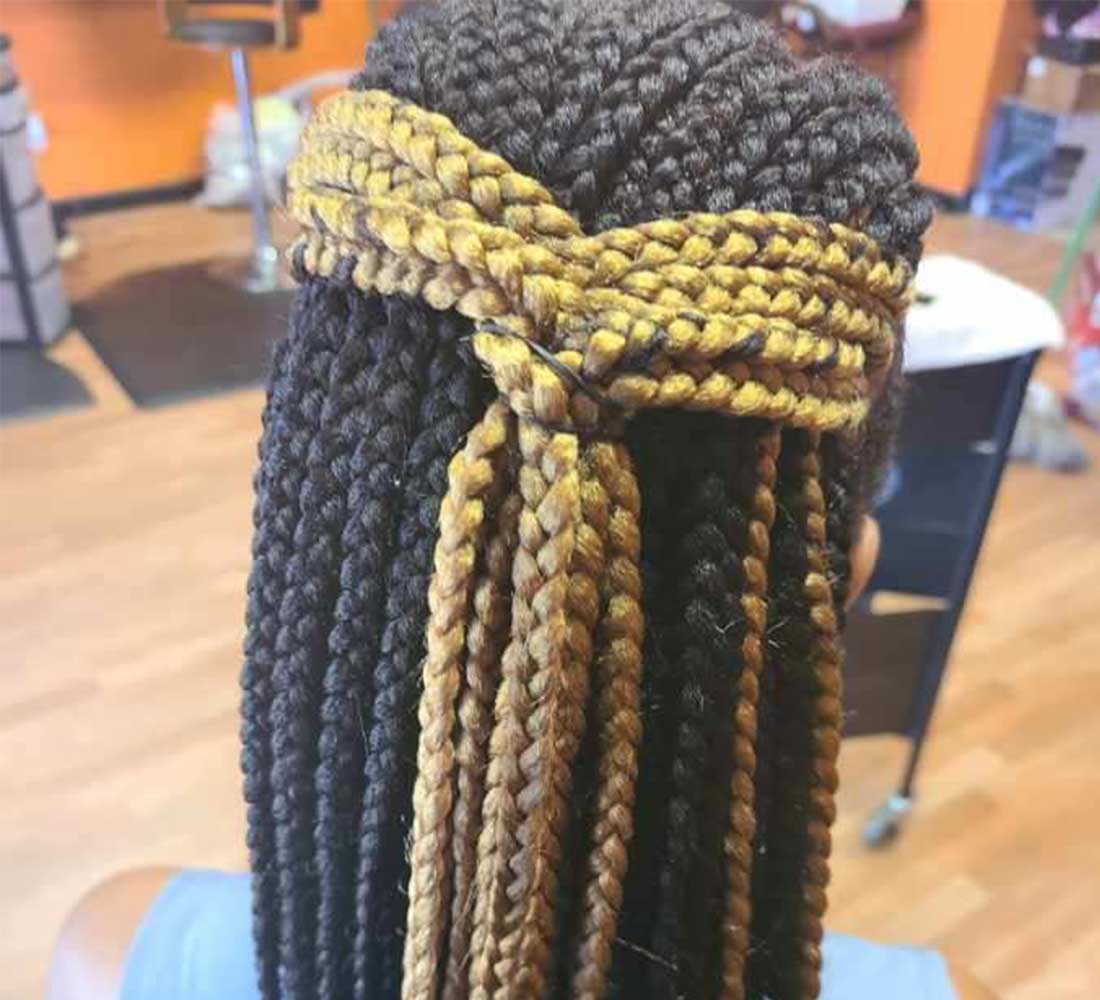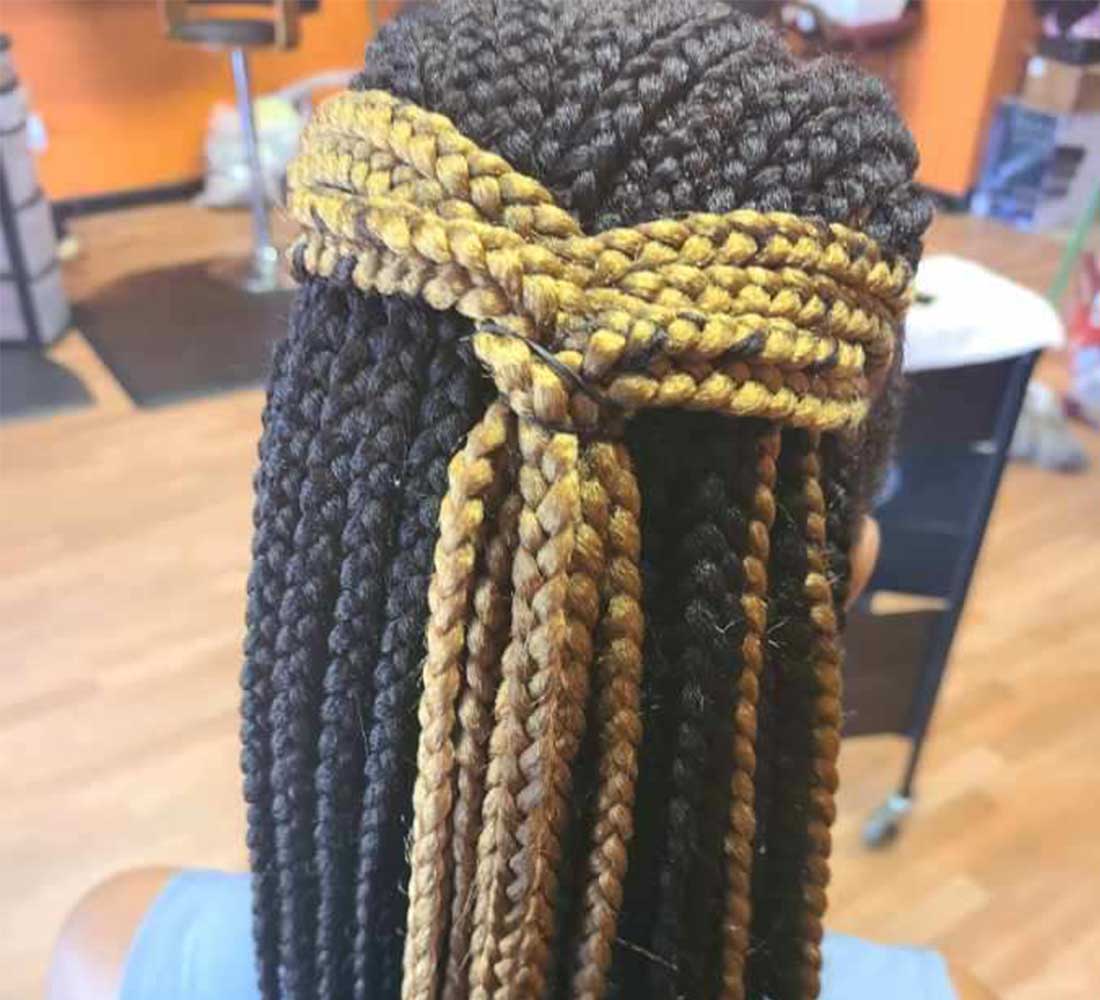Introduction:
Hair braiding is an ancient form of hairstyling that has stood the test of time. From intricate cornrows to elegant French braids, this technique not only enhances one's appearance but also reflects cultural heritage and personal style. In this article, we delve into the captivating world of hair braiding, exploring its rich history, versatility, and enduring appeal.
A Tapestry of Cultural Traditions:
Hair braiding has deep roots in various cultures around the world. From Africa to Asia, Europe to the Americas, braiding techniques have been passed down through generations, embodying cultural identity and traditions. In African cultures, braiding holds immense significance, serving as a form of communication, storytelling, and community bonding. Similarly, Native American tribes, Vikings, and ancient Egyptians have all utilized braiding techniques as a way to express their cultural heritage and social status.

Artistic Versatility:
One of the most remarkable aspects of hair braiding is its versatility. There is a wide range of braiding styles, each with its own unique characteristics. From classic three-strand braids to more complex fishtail braids and Dutch braids, the possibilities are endless. Intricate patterns, twists, and weaves allow braiders to create stunning designs that can be customized to suit individual preferences, occasions, and personal expression.
Protective Styling and Hair Care:
Beyond its aesthetic appeal, hair braiding offers numerous benefits in terms of hair care and maintenance. Many braiding styles, such as box braids and Senegalese twists, provide protective covering for natural hair, minimizing exposure to harsh elements and reducing breakage. Additionally, braiding can offer a reprieve from daily styling and manipulation, allowing the hair to rest and promoting healthy growth. It is no wonder that braided hairstyles have become increasingly popular among individuals seeking both style and hair health.
Cultural Appreciation and Representation:
In recent years, there has been a growing appreciation for diverse hairstyles and a recognition of the cultural significance they hold. Hair braiding, in particular, has gained significant attention as a celebration of cultural heritage and a symbol of individuality. Many individuals, regardless of their cultural background, have embraced braided hairstyles, fostering a sense of inclusivity and acknowledging the beauty and artistry behind these traditions.
Expression of Personal Style:
Hair braiding provides individuals with a unique platform for self-expression and creativity. Whether it's experimenting with different patterns, incorporating accessories, or adding colorful extensions, braiding allows individuals to showcase their personality and style preferences. From casual everyday looks to elaborate bridal or special occasion hairstyles, braids offer endless possibilities for individuals to experiment and redefine their personal style.
Empowerment and Economic Opportunities:
Hair braiding has not only empowered individuals to embrace their natural hair textures but has also created economic opportunities for many. Skilled braiders have established businesses, salons, and even educational programs, passing down their expertise and providing employment for others within their communities. Hair braiding serves as a powerful means of economic empowerment, enabling individuals to showcase their talent, build successful careers, and contribute to the beauty industry.
Conclusion:
Hair braiding represents much more than just a hairstyling technique. It is a celebration of cultural heritage, an avenue for self-expression, and a means of embracing natural hair textures. With its diverse range of styles and patterns, hair braiding continues to captivate people from all walks of life, transcending borders and fostering a sense of unity. As we appreciate and explore the artistry and significance of hair braiding, we honor the traditions of the past while embracing the ever-evolving beauty of the present.
Click here for more information:-





Comments